Supportive Regulatory Environment
The ultra wideband market in Germany benefits from a supportive regulatory environment that encourages innovation and adoption of new technologies. The German government has established frameworks that promote the use of ultra wideband for various applications, including telecommunications and automotive. This regulatory backing is crucial as it provides a clear pathway for companies to develop and deploy ultra wideband solutions without facing significant legal hurdles. Furthermore, the European Union's initiatives to standardize wireless communication technologies are likely to bolster the market's growth. As regulations evolve to accommodate advancements in ultra wideband technology, businesses in Germany may find it easier to invest in and implement these solutions, thereby enhancing the overall market landscape.
Integration with Smart Home Technologies
The integration of ultra wideband technology with smart home systems is emerging as a significant driver for the ultra wideband market in Germany. As consumers increasingly seek interconnected devices that enhance convenience and security, ultra wideband offers unique advantages such as low power consumption and high data rates. The smart home market in Germany is expected to reach €10 billion by 2026, with ultra wideband playing a pivotal role in enabling seamless communication between devices. This technology facilitates precise indoor positioning, which is essential for applications like smart lighting and security systems. As manufacturers continue to innovate and incorporate ultra wideband into their products, the market is likely to witness accelerated growth, reflecting a shift towards more sophisticated home automation solutions.
Growing Interest in Industrial Automation
The ultra wideband market in Germany is poised for growth due to the increasing interest in industrial automation. As manufacturers seek to optimize production processes and enhance operational efficiency, ultra wideband technology offers solutions that enable precise tracking and monitoring of equipment and personnel. The industrial automation market in Germany is projected to grow significantly, with ultra wideband playing a crucial role in facilitating real-time data exchange and communication. This technology's ability to provide accurate positioning in complex environments is particularly valuable in manufacturing settings. As industries continue to embrace automation, the ultra wideband market is likely to expand, driven by the demand for innovative solutions that enhance productivity and reduce costs.
Rising Demand for Precision Location Services
The ultra wideband market in Germany is experiencing a notable surge in demand for precision location services. This is largely driven by the increasing need for accurate positioning in various sectors, including logistics and retail. Companies are seeking to enhance their operational efficiency through real-time tracking of assets and personnel. According to recent data, the market for location-based services is projected to grow at a CAGR of approximately 25% over the next five years. This growth is indicative of the broader trend towards automation and smart technologies, which are becoming integral to business operations. As organizations in Germany adopt ultra wideband technology, they are likely to benefit from improved accuracy and reduced latency in location tracking, thereby solidifying the ultra wideband market's position as a critical component in the digital transformation landscape.
Increased Investment in Research and Development
Investment in research and development (R&D) is a key driver for the ultra wideband market in Germany. Companies are increasingly allocating resources to innovate and enhance ultra wideband technologies, aiming to improve performance and expand application areas. The German government has recognized the importance of R&D in maintaining competitiveness and has introduced funding programs to support technological advancements. This focus on innovation is expected to yield new applications in sectors such as automotive, healthcare, and industrial automation. As R&D efforts intensify, the ultra wideband market is likely to see the emergence of advanced solutions that cater to the evolving needs of various industries, thereby fostering growth and diversification.


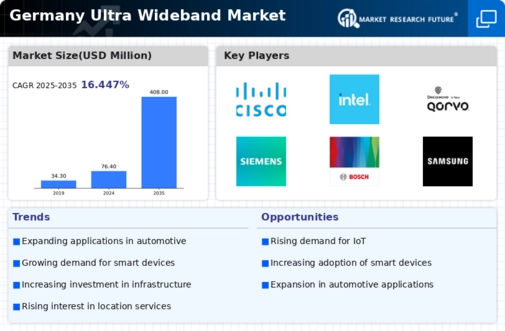
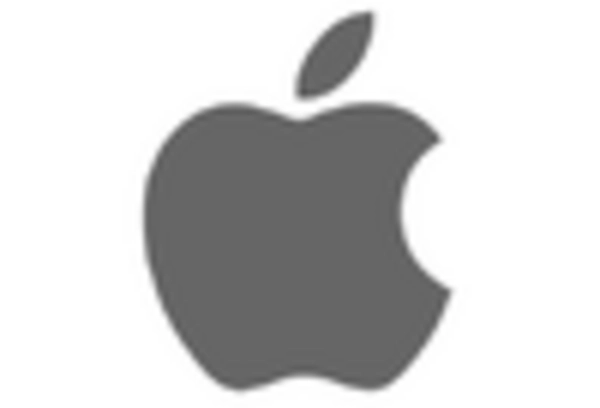
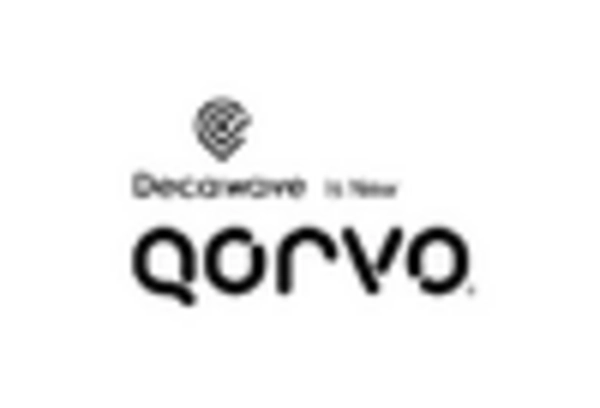
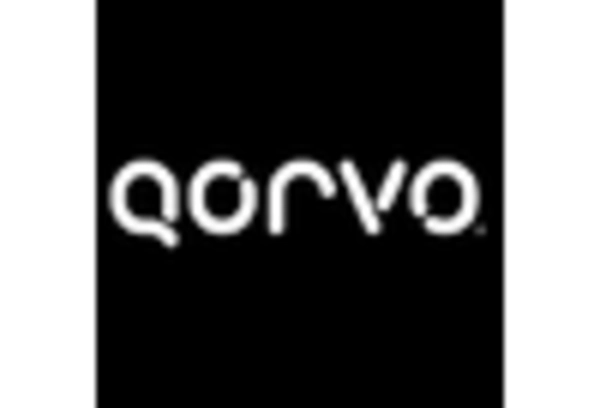
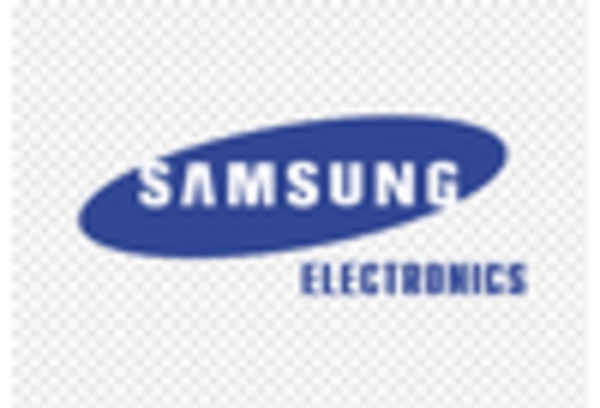
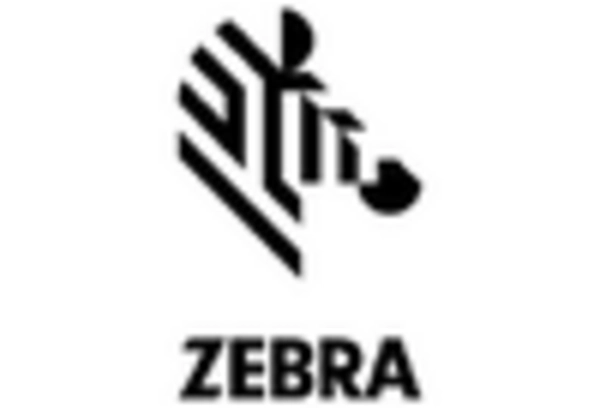








Leave a Comment